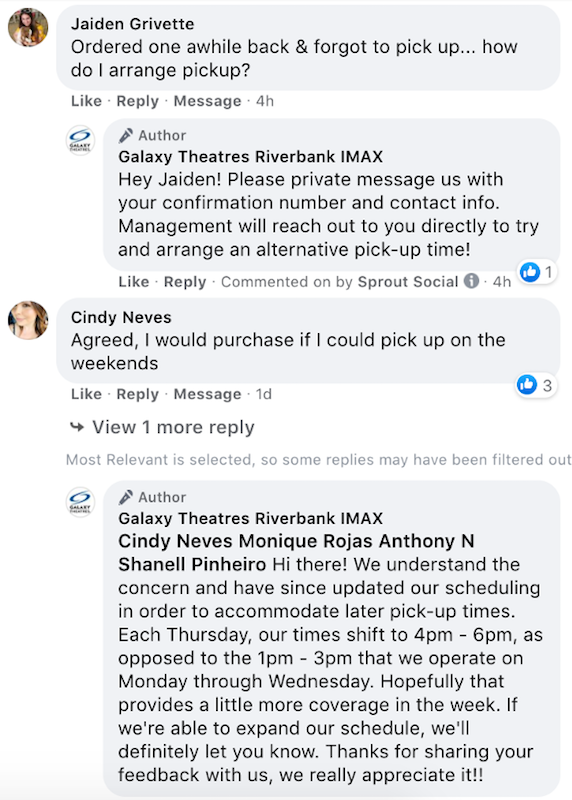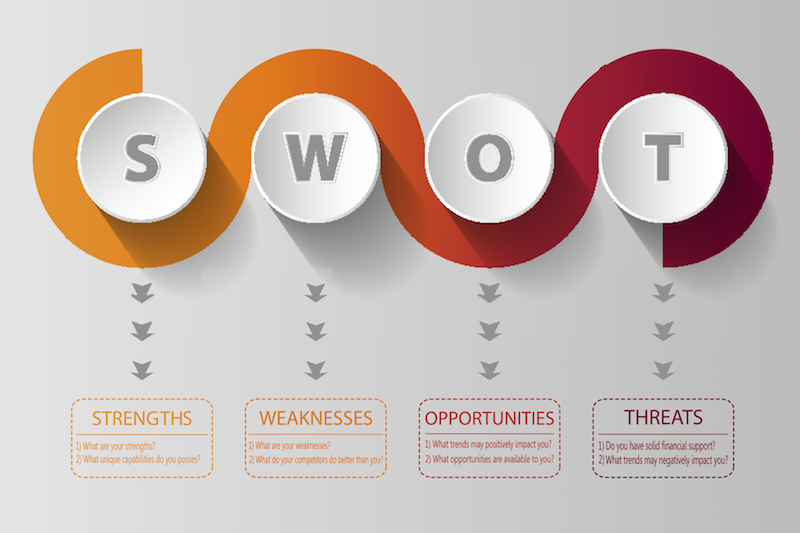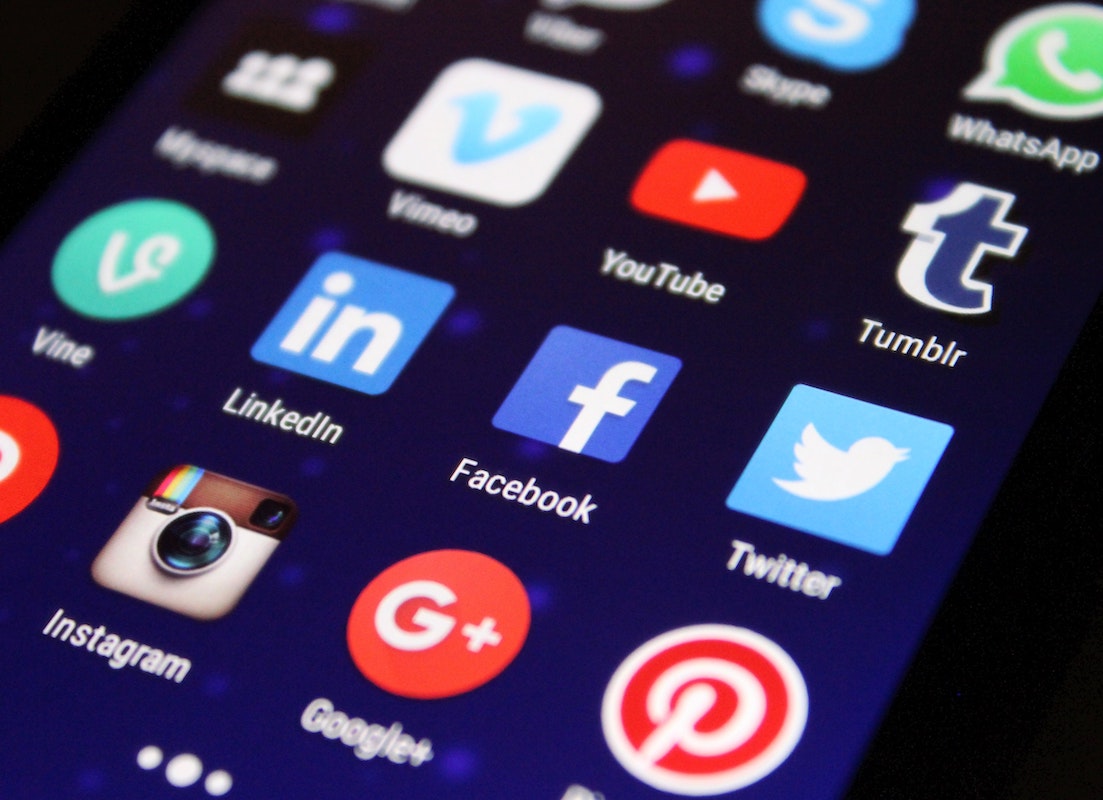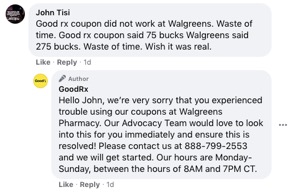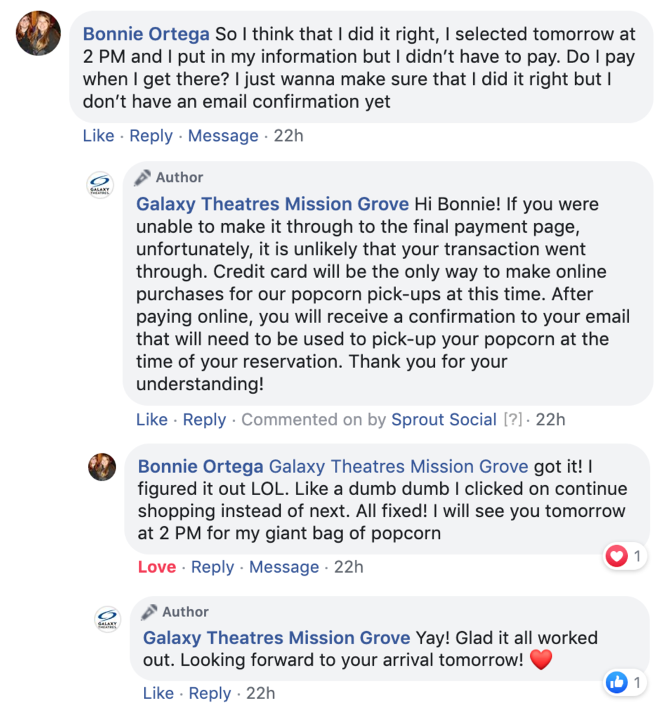Why You Need to Improve Your Brand’s Social Media Response Time
In this digitally driven marketplace, the competition is just a click away. Optimizing social media response time could be one of the key factors in ensuring the overall success of a business enterprise, effectively influencing customer satisfaction and brand loyalty. Here’s why improving your brand’s social media response time is necessary and how it can benefit your business.

Why Response Time on Social Media Matters
1. Improving Customer Satisfaction
Customers want and need fast responses over social media. According to a study by HubSpot, 90% of customers responded that an immediate response of 10 minutes or less is important or very important to them when they have a customer service question. If businesses respond to these queries quickly, then customers will feel heard and valued, hence increasing their satisfaction level.
2. Brand Loyalty
Providing fast responses to customer queries and problems instills trust and loyalty. When customers feel that the company is really doing its best to solve all their problems as quickly as possible, they are much more likely to be loyal to a brand. This loyalty comes in the form of repeat business and word-of-mouth publicity, which is very helpful in long-term survival.
3. Brand Reputation Management
One negative comment on social media can spread like wildfire, reverberating and seriously denting a brand’s reputation. By responding quickly to issues, businesses can nip any potential PR crises in the bud and convey that they are proactive and serious about finding solutions to problems. Quick responses define transparency and accountability—two highly necessary ingredients for the brand image.

Benefits of Improved Social Media Response Time
1. Increased Customer Engagement
It helps to create a community where customers are engaged with the brand, which presents the business with more chances to sell its brand name across various media. If customers receive quick responses, they will most likely share more; more people are bound to join conversations that benefit the company through positive recommendations.
2. Higher Conversion Rates
A brand’s response to questions regarding products and services could have direct implications on sales. Many customers would search for answers before they make a purchase. Providing such information in an effective and timely manner would help businesses convert their inquiries into sales more effectively. A study by Twitter showed that customers are willing to spend more with a brand if it responds to their tweets within a short period of time.
3. Better Customer Insights
Sociated, timely interactions through social media give real insights into customer likes, pain points, and expectations. Businesses can use this information to fine-tune their products and services, as well as marketing strategies. Customer sentiment, understood in real-time, comes with more agile business operations.

Strategies to Improve Social Media Response Time
1. Use Social Media Management Tools
Invest in social media management tools like Hootsuite, Buffer, or Sprout Social. All of them offer you a single dashboard in which you can monitor all messages, across all platforms so you can keep up efficiently and answer questions more quickly. Not to mention, they have features to automate for scale during peak traffic.
2. Setup Alerts and Notifications
Keep your social media team in the know with real-time notifications for new messages and comments. This ensures no question is left behind, and action is taken quickly. Focus on channels where the bulk of your audience is located for maximum efficiency.
3. Train Your Social Media Team
Train your social media team to be prepared for answering questions efficiently. This should include brand guidelines, common customer complaints, and how to communicate effectively. Arm them with the right tools and training so they can respond confidently and accurately.
4. Set Up a Triage System
Not all queries are of equal priority. Develop a triaging system to sort messages by importance and urgency. That way, your team can deal with the most critical ones first and still manage less important ones in good timing. An auto-response can acknowledge and set expectations for when a customer will get a detailed response.
5. Monitoring and analyzing the response times
Keep track of your social media response times. Analyze them constantly to find out the lacuna. Set benchmark instances and goals for response times. The measure of performance would be based on these standards. Understand the peak times of inquiries with the help of analytics. Allocate resources accordingly.
Conclusion
At a time when customers’ expectations have never been greater, improving your social media response time for your brand is not a nice thing— it’s a necessity. Quick responses improve customer satisfaction and build brand loyalty; poor ones risk your brand reputation. The right strategies and tools will keep you ahead of your competition and foster stronger, more meaningful connections with your audience.
Indeed, getting the social media response time right is the surest way to secure your brand’s future and satisfy customer expectations at the very least in a fast-moving digital world.


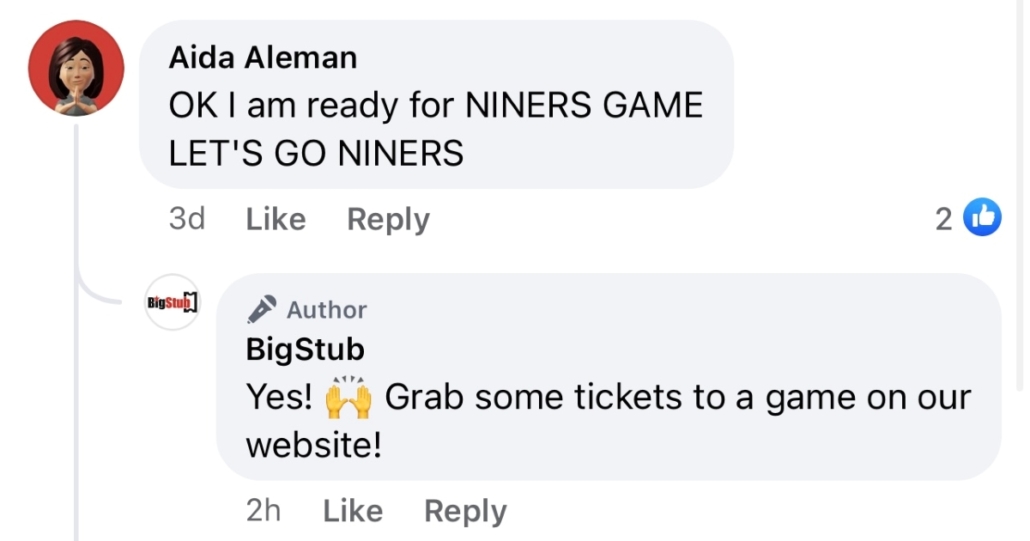








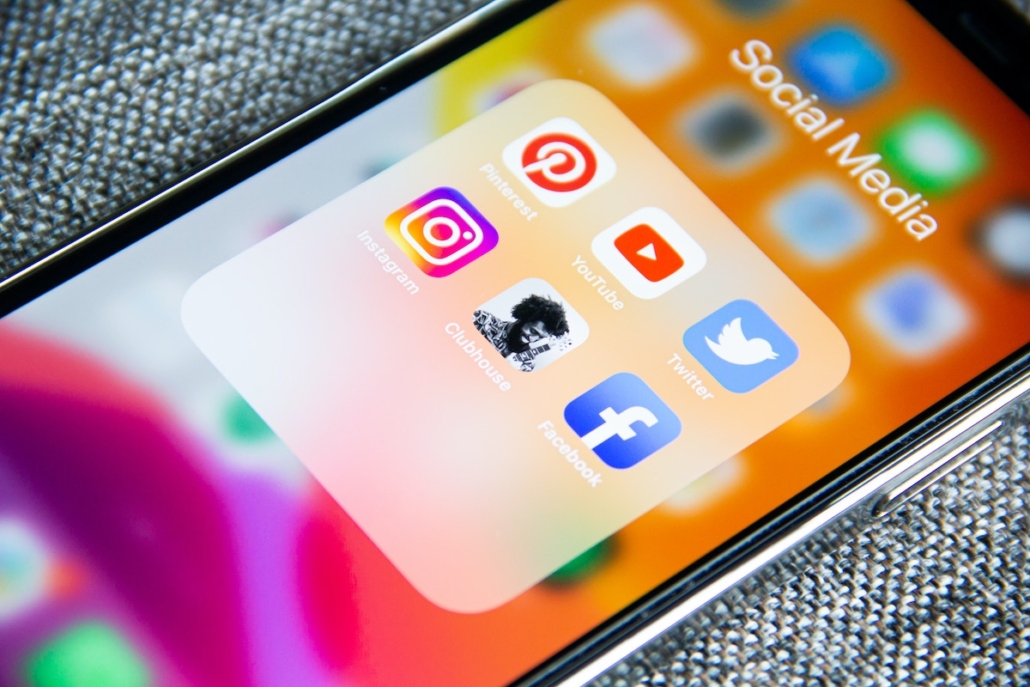

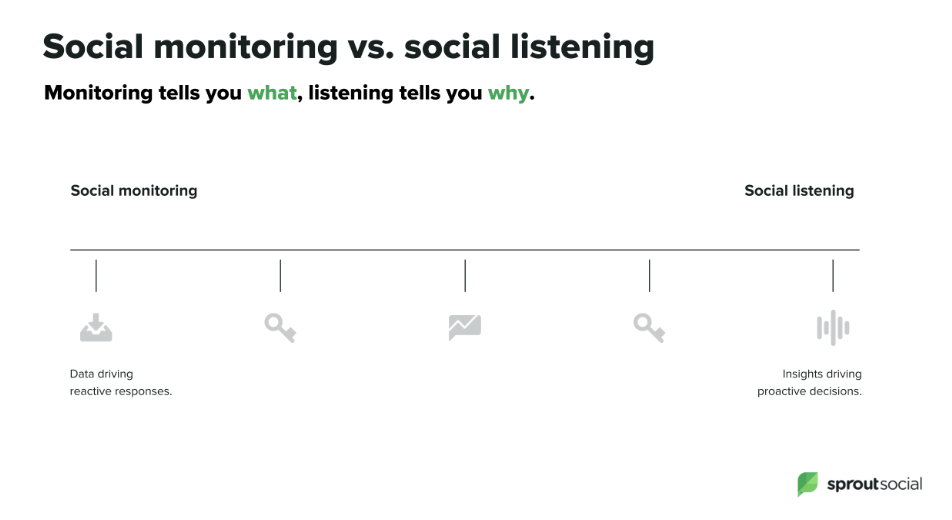



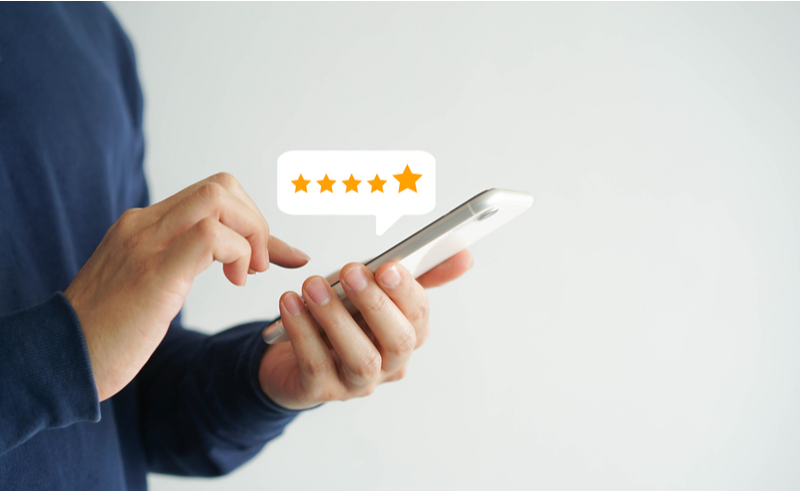







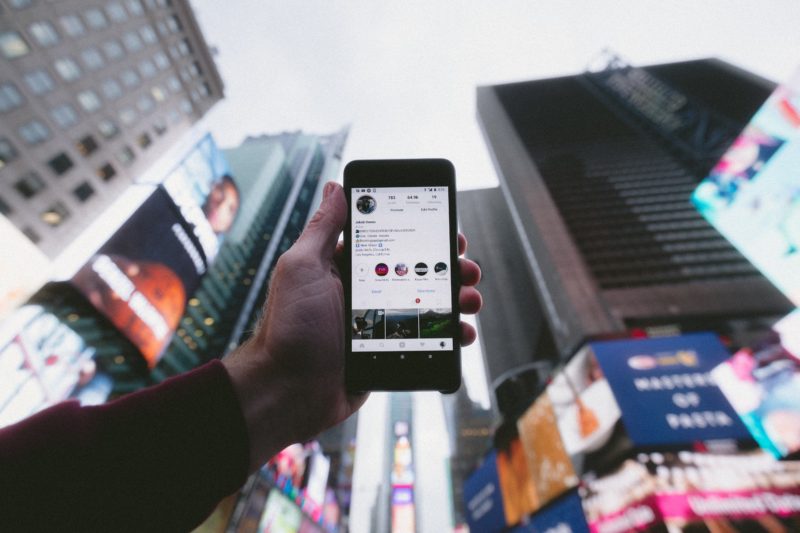

 Know Your Mission
Know Your Mission
